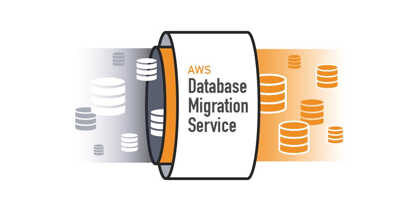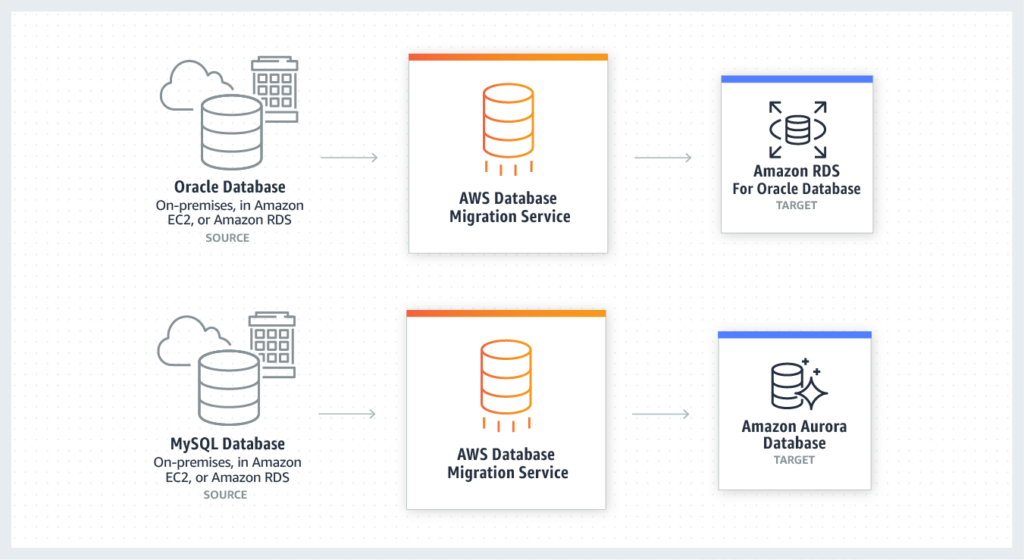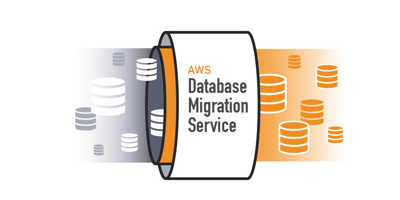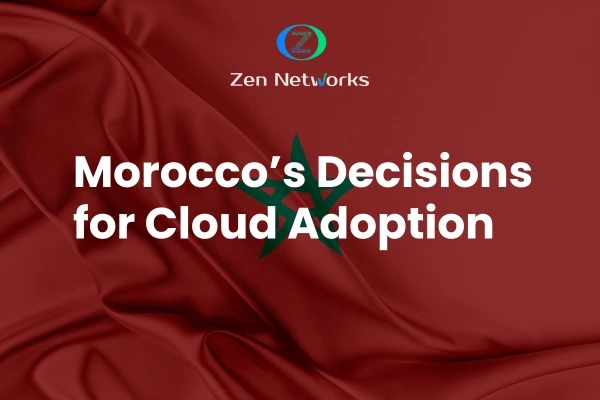Migration of Databases to Amazon
Because your database is one of the most significant aspects of your company, selecting the correct cloud provider and transferring your databases to the cloud is crucial. Migrating your organization to the cloud makes it easier to administer and use the cloud’s advantages. Amazon Relational Database Service (Amazon RDS) is an Amazon Web Services (AWS) service that makes it simple to set up, run, and scale relational databases in the cloud. Amazon RDS is the most popular database as a service provider (DBaaS). For enterprises to address their rising data management needs, DBaaS has become critical. Scalability, performance, automation, and availability are just a few reasons why more businesses turn to DBaaS rather than on-premises infrastructure.
Database Migration
AWS Database Migration Service (AWS DMS) automates and secures the migration of your databases to AWS. During the migration, the source database remains fully active, reducing downtime for applications that rely on it. May migrate your data to and from popular commercial and open-source databases using AWS Database Migration Service. One of the most challenging aspects of database migration is ensuring that it does not negatively impact the application’s performance or user experience. The ultimate goal is to migrate databases with little downtime.
Databases Services on AWS
You may start narrowing down your database possibilities on AWS once you’ve figured out what you have. Some of the most widely utilized services are listed below. When reading these descriptions, keep in mind that AWS customers commonly use numerous database types to satisfy their needs. If one choice does not suit all of your requirements, you should also evaluate other options.
Amazon RDS
Amazon RDS is a relational database service administered by Amazon and offers six different configurations. These are AWS Oracle, PostgreSQL, AWS MySQL, MariaDB, SQL Server, and Amazon Aurora. These database engines can be managed using duties, including database setup, hardware provisioning, backup, and updating, which are automated when using this service. Use cases for Amazon RDS, for example — Mobile and online games, web and mobile applications, and eCommerce applications.
Amazon Aurora
Amazon Aurora is a fully managed relational database engine that is particular to AWS. It is MySQL and PostgreSQL compatible with minor adjustments to your source database. Aurora’s capabilities include self-healing, fault tolerance, point-in-time recovery, and continuous backup. For example, enterprise applications, Software as a Service (SaaS) services, and Web and mobile gaming applications are a few examples of Amazon Aurora use cases.
Amazon ElastiCache
ElastiCache is an in-memory data store service from Amazon that is fully controlled. It works with Redis as well as Memcached. Setup, hardware provisioning, configuration, monitoring, upgrades, and backup and recovery processes are all automated with ElastiCache. ElastiCache can scale both write and memory activities through sharding and data replication. Session storage, gaming, and real-time analytics are Amazon ElastiCache use cases.
Amazon Timestream
Amazon Timestream is a time-series database service that Amazon wholly maintains. Compared to relational databases available by AWS, it allows you to store, process, and analyze up to 1,000X more excellent query performance at a 90% cheaper cost. Automatic hardware provisioning, updates, setup and configuration, and data tiering are all provided by Timestream. Amazon Timestream use cases, for example, include DevOps, IoT applications, Application monitoring, and Industrial telemetry.
How to Make the Transition with AWS DMS
It’s straightforward to move data to AWS using AWS DMS. AWS DMS connects the source and target database endpoints after spinning replication instances in your AWS environment. You can choose what you wish to migrate: tables, schemas, and entire databases are all supported by DMS. AWS DMS creates tables, loads data, and syncs databases as the migration process begins. Thanks to replication, you can switch applications to locations on the target database whenever you want, thanks to reproduction. Most operations are completed in memory after the migration, although cached transactions, more significant transactions, and log files may need to be buffered to disk.
AWS DMS allows you to migrate your data in a variety of ways. Data migration to the target database involves:
- Creating files or tables inside the target database.
- Automatically defining metadata.
- Populating tables with data from the source database.
Another method of migration is to record changes as they occur. Changes are captured in the source database while data is migrated to the target database. Once the process is complete, the collected modifications are executed on the target database in a single transaction. In the target database, this method ensures transactional integrity. We can also use AWS DMS for continuous replication, which is beneficial for disaster recovery. DMS also allows you to have a single source database and several target databases and vice versa, allowing you to escape Amazon RDS storage constraints.
Using AWS DMS services has many advantages. It’s simple to set up, inexpensive, works with various database engines and keeps track of target databases and replication instances’ persistent network connectivity. AWS DMS is highly cost-effective since you only pay for the computational and storage resources you utilize, unlike other third-party services. It will aid in the migration of database workloads to AWS and the switch of database engines while minimizing downtime. According to AWS, the AWS DMS has been used to move 20,000 databases to the AWS Cloud. Thus there’s no reason not to switch to Amazon RDS.
Zen Networks is a leading provider of advanced IT solutions, specializing in log monitoring, automation and DevOps.
Our expert team offers a wide range of services, including IT monitoring, cloud services, agile solutions, and automation. We are also well-versed in the installation and implementation of Elasticsearch, Logstask, and Kibana on Docker.
By leveraging our extensive domain expertise and innovative technologies, we empower our clients to optimize their IT infrastructure and achieve operational excellence. Our solutions are designed to help organizations of all sizes to streamline their processes, improve efficiency, and reduce costs.
We invite you to take advantage of our complimentary consultation and quote service to learn more about how we can help your organization to achieve its IT goals. Contact us now to schedule your consultation and discover the benefits of working with Zen Networks.
Author







